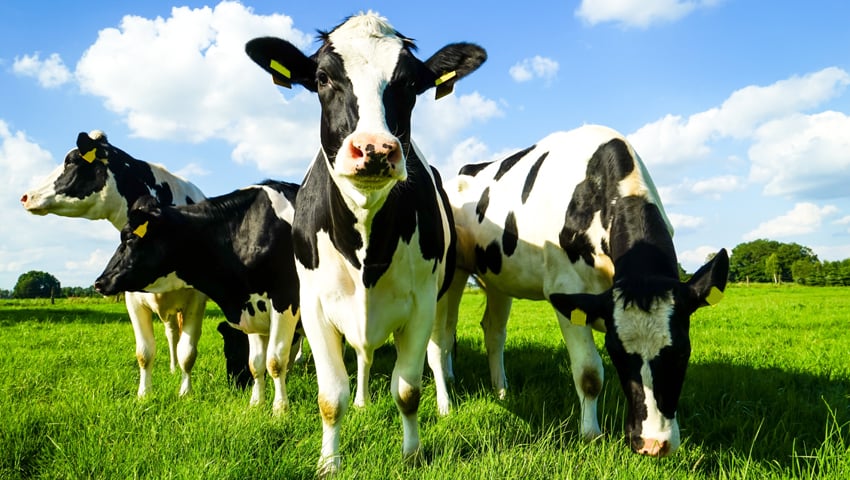“Regenerative agriculture” has become a well known phrase, but communicating its power to customers can be a challenge.
In the UK, Nestlé is at the forefront of the push for a large-scale regenerative transition – and as a major brand they have a substantial platform to help ensure that customers understand and support the regen land use transformation.
Matt Ryan is the regeneration lead at Nestle UK and Ireland. He said, “The lack of a precise universal definition for regenerative agriculture can make it difficult to communicate to customers – the challenge is to encapsulate all of the different elements into one clear message and then find effective ways of getting that message across.
“One of the best ways to communicate a positive story about regenerative agriculture is to show, not tell – to let consumers see the tangible benefits within their local communities.”
Part of the strength of regenerative agriculture is that it has no hard and fast definition – instead it is built around a set of clear principles: improving nutrient cycling, increased natural complexity, rebuilding soil fertility and efficiently cycling sunlight and water.
To make the story of regenerative agriculture more accessible to farmers and customers, some brands and farmer groups have simplified the principles into a set of practices – minimising soil disturbance, protecting the soil surface, maintaining living roots, encouraging plant diversity and integrating livestock. The final, and perhaps the most important, practice is responding to the context of each individual farm.
From Nestlé’s perspective, its relationship with farmer-owned cooperative, First Milk, the regenerative dairy, has provided an opportunity to deliver its regenerative dairy commitments and to communicate excellence to customers. Nestlé is First Milk’s largest raw milk customer, and by volume this accounts for 1% of the UK’s milk supply.
First Milk began their Regenerative Farming Programme in 2021 and more than 90 per cent of their coop members submitted Regenerative Farming Plans in year one. This represented more than 96 per cent of First Milk’s milk volume and more than 78,000 hectares of land.
To communicate regenerative agriculture to customers, Nestlé’s Matt Ryan said, “We’ve created a number of videos featuring the farmers explaining where the milk comes from, why regenerative farming is important, and what practises they’re adopting to help improve the environmental benefits. We also need to clearly communicate to consumers what action they can take to make a difference themselves. We should be demonstrating to them that by purchasing their favourite brands from businesses that are committed to regenerative agriculture they’re helping to drive progress at scale.”
While regenerative agriculture is known to benefit nature and build longer-term farm resilience, it can also benefit farmers immediately.
First Milk has just announced that its member milk price will increase by 0.75ppl from May 1, 2024, taking its manufacturing standard litre price to 39.5ppl, including member premium. This builds on a 0.75ppl price increase in April and a 1ppl price increase in March.
Ryan concluded that, “Farmers need to have agency to make their own decisions about practises they choose to implement. Every farm is different, every farmer’s appetite for change and risk is different.
“Soil is the nexus of regenerative agriculture, and as soil health improves, we expect to see other benefits such as more carbon storage, improved water holding capacity and greater natural fertility.”
